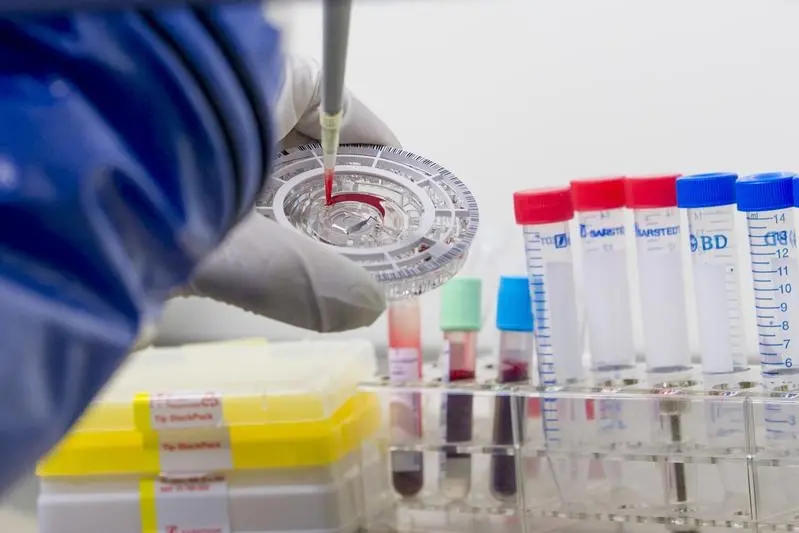PHOTO
LONDON: The Global Risks Report 2019 jointly compiled by the World Economic Forum (WEF) and the Harvard Global Heath Institute describes a world that is woefully ill-prepared to detect and respond to disease outbreaks.
In fact, the world is becoming more vulnerable to pandemics, despite advances in medicine and public health.
Global GDP will fall by an average of 0.7 percent or $570 billion because of pandemics a threat that is “in the same order of magnitude” to the losses estimated to be caused by climate change in the coming decades.
“Outbreaks are a top global economic risk and like the case for climate change large companies can no longer afford to stay on the sidelines,” said Vanessa Candeias, who heads the committee on future health and health care at the WEF.
Potential catastrophic outbreaks of disease occur only every few decades but regional and local epidemics are becoming more common. There have been nearly 200 a year in recent times and outbreaks of diseases such as influenza, Ebola, zika, yellow fever, SARS, and MERS have become more frequent over the last 30 years.
At the same time antibiotics have become less effective against bacteria.
The impact of influenza pandemics is estimated at $60 billion, according to a report by the Commission on a Global Health Risk Framework for the Future more than double previous estimates.
The trend is expected to get worse as populations increase and become more mobile due to travel, trade or displacement. Deforestation and climate change are also factors.
Businesses need to bone up on the risk of infectious diseases and how to manage them if the overall economy is to remain resilient.
Peter Sands, research fellow at the Harvard Global Health Institute and executive director of the Global Fund to Fight Aids, Tuberculosis and Malaria, said, “When business leaders are more aware of what’s at stake, maybe there will be a different dialogue about global health, from being a topic that rarely touches the radar screen of business leaders to being a subject worthy of attention, investment and advocacy.”
Predicting where and when the next outbreak will come is an evolving science but it is possible to identify certain factors that would leave companies vulnerable to financial losses, such as the nature of the business, geographical location of the workforce, the customer base and supply chain.
Disease is not the only threat. There is also fear uninformed panic. Past epidemics have shown that misinformation spreads as fast as the infection itself and can undermine and disrupt medical response.
The report advises planning for such emergencies by “trusted public-private partnerships” so that “businesses can help mitigate the potentially devastating human and economic impacts of epidemics while protecting the interests of their employees and commercial operations.”
It is estimated that the outbreak of Ebola in West Africa in 2014-2016 cost $53 billion in lost commercial income and the 2015 MERS outbreak in South Korea cost $8.5 billion. According to the World Bank, disease accounts for only 30 percent of economic losses. The rest is largely down to healthy people changing their behavior as they seek to avoid becoming infected themselves.
The authors of the report will make recommendations next week at the World Economic Forum annual meeting in Davos.
Arab News: Copyright: Arab News © 2017 All rights reserved. Provided by SyndiGate Media Inc. ( www.Syndigate.info ).
Disclaimer: The content of this article is syndicated or provided to this website from an external third party provider. We are not responsible for, and do not control, such external websites, entities, applications or media publishers. The body of the text is provided on an “as is” and “as available” basis and has not been edited in any way. Neither we nor our affiliates guarantee the accuracy of or endorse the views or opinions expressed in this article. Read our full disclaimer policy here.
© Arab News 2019












